The Montblanc 1858 Unveiled Minerva Chronograph, A Warm New Face for Minerva’s Reversed Marvel
A faithful nod to the golden age of chronographs, pushed into today with architectural thinking and a taste for drama.
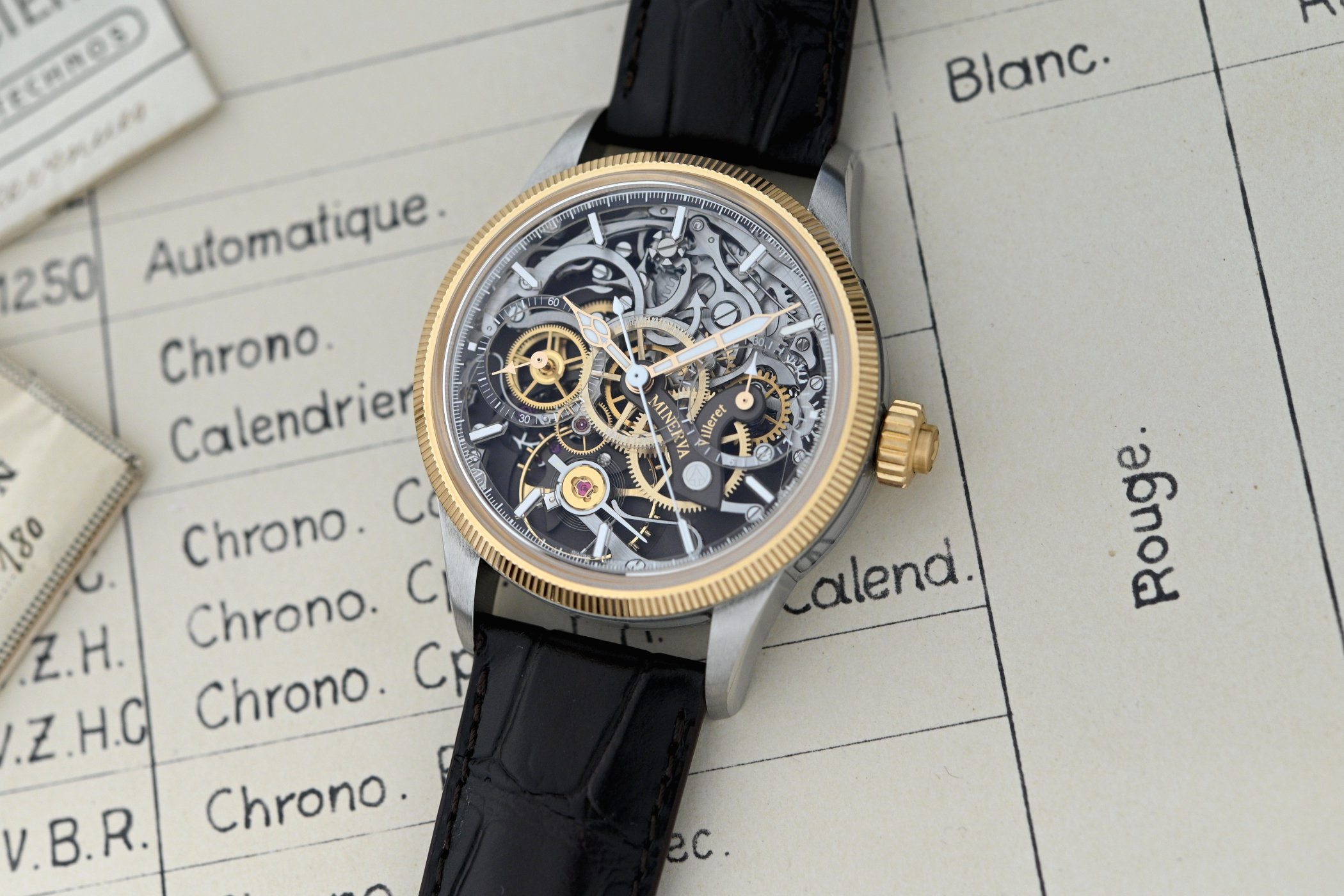
Minerva, founded as H. & C. Robert in 1858 in the Swiss Jura village of Villeret and renamed Minerva SA in 1929, remains one of the great guardians of traditional chronograph craftsmanship. Its first chronograph movement, the Calibre 19-9, debuted in 1908, and for over 165 years, its workshops have produced some of the finest hand-finished, manually wound movements in watchmaking. Montblanc, which revived and integrated Minerva nearly two decades ago, continues to celebrate this horological heritage with timepieces that merge classic craft with bold, contemporary expression. Among these, the 1858 The Unveiled Minerva Chronograph stands out as one of the most compelling interpretations yet. The latest Ref. 134281 brings a dramatic new warmth, with brown-coated bridges, yellow gold accents, and the same architectural depth enhanced by the sapphire windows cut into the mid-case. Let’s take a closer look.
The “Unveiled Secret” design first arrived in 2022 and in 2023 came in distressed steel with a white a gold bezel (Ref. 131155), followed last year by a crisper, colder version in steel with a white gold bezel (Ref. 133296). The case details remain the same as in the earlier reference: a robust 43mm diameter and 14.78mm height, with a mix of polished and satin-finished surfaces that let the light play just a bit. On the wrist, the proportions feel bold yet balanced, large enough to showcase the movement’s depth, yet compact enough to be wearable. Where the new edition distinguishes itself is with warmth and detail. As mentioned, instead of the 18k white gold fluted bezel seen on the 133296, the 134281 opts for 18k yellow gold, immediately catching the light and tying in with the gold-toned wheels of the inverted calibre.
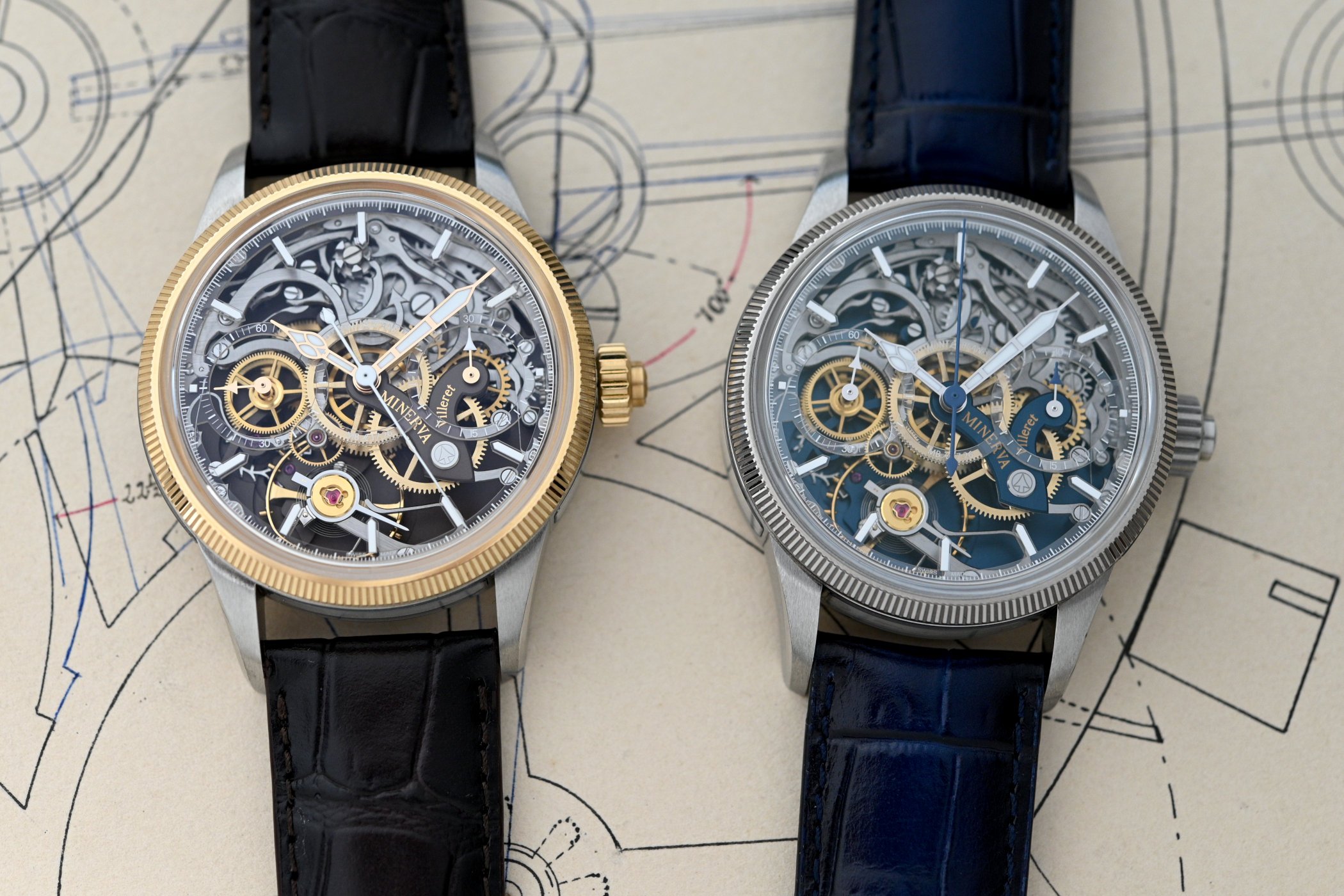
The fluted crown, too, is yellow gold, featuring Montblanc’s emblem in relief, with the integrated monopusher that controls the chronograph mechanism, staying faithful to Minerva’s historical single-button design. Five sapphire crystal apertures cut into the mid-case, letting light stream into the calibre from the sides. Peer through these windows and you’ll catch glimpses of gears and levers from angles usually hidden — a great way to add even more dimensionality to the display.
The dial is the magic here. While it appears skeletonised at first glance, a closer look reveals the entire historic chronograph calibre flipped to the dial side. The MB M17.26 calibre is an evolved descendant of the MB M16.26 from the earlier version of the 1858 The Unveiled Minerva Monopusher Chronograph. The 16.26 is the classic Minerva M 16.29, which itself is based on the original Minerva 17-ligne calibre 17-29 from the 1930s. The 16.26 has been flipped front-to-back, so you see the regulating organ, column wheel, going train and all bridges as you read the time or activate the chrono.
The new brown-coated German silver bridges and plates represent a significant upgrade here. Compared to the more classic untreated German silver finish, the brown hue adds a rich, vintage tone that pairs perfectly with the yellow gold bezel. This finish isn’t just a colour, it still highlights all the fine hand-anglage, circular graining and polished bevels that Minerva movements are famous for.
Details like the yellow gold-coloured gear train pop against the darkened bridges, giving your eye clear layers to appreciate. It’s a miniature architectural stage: bridges on pillars, the iconic Minerva arrow, and the large, finely cut chronograph bridge inspired by Minerva’s 1912 patent. Everything is fully exposed, yet it never seems chaotic. There’s a natural flow to how your eye moves from the column wheel at about 12 o’clock, to the gear train and down to the open small seconds (9 o’clock) and 30-minute chronograph register (3 o’clock), both in sapphire with white markings. To ensure legibility doesn’t get completely lost in all this mechanical wonder, Montblanc fits luminescent white-filled hour markers on the sapphire ring, and the lumed gold-coated hands stand out against the brown and gold backdrop.
For the movement, the key specs stay. Manually wound, with a column wheel and horizontal clutch operated by the monopusher, the Calibre 17.26 comprises 291 components, hand-finished in Villeret, including the large 14.5mm balance that beats at 18,000 vibrations/hour. It has a 50-hour power reserve, which is fine. The back is closed with an engraved steel caseback that depicts the historic Minerva Manufacture, a nod to the location where each movement is still crafted and decorated.
The new Montblanc 1858 Unveiled Minerva Chronograph is paired with a brown sfumato calf leather strap featuring an alligator print, which complements the watch beautifully. The strap’s warm tone matches the gold and brown palette of the case and movement, while Montblanc’s triple-folding clasp with fine adjustment keeps the watch secure and comfortable.
Compared to the colder look of the Ref. 133296, the new 134281 feels like a piece meant to be noticed. It’s still restrained in its classic finishing, but the warm palette and yellow gold elements make it a bit more theatrical, dramatic, in a good sense. The warm, expressive details make it feel distinct, and this is precisely what a modern Minerva should be. The price is EUR 55,000, and the watch is a limited series of 100 pieces.
For more information, visit Montblanc.com.

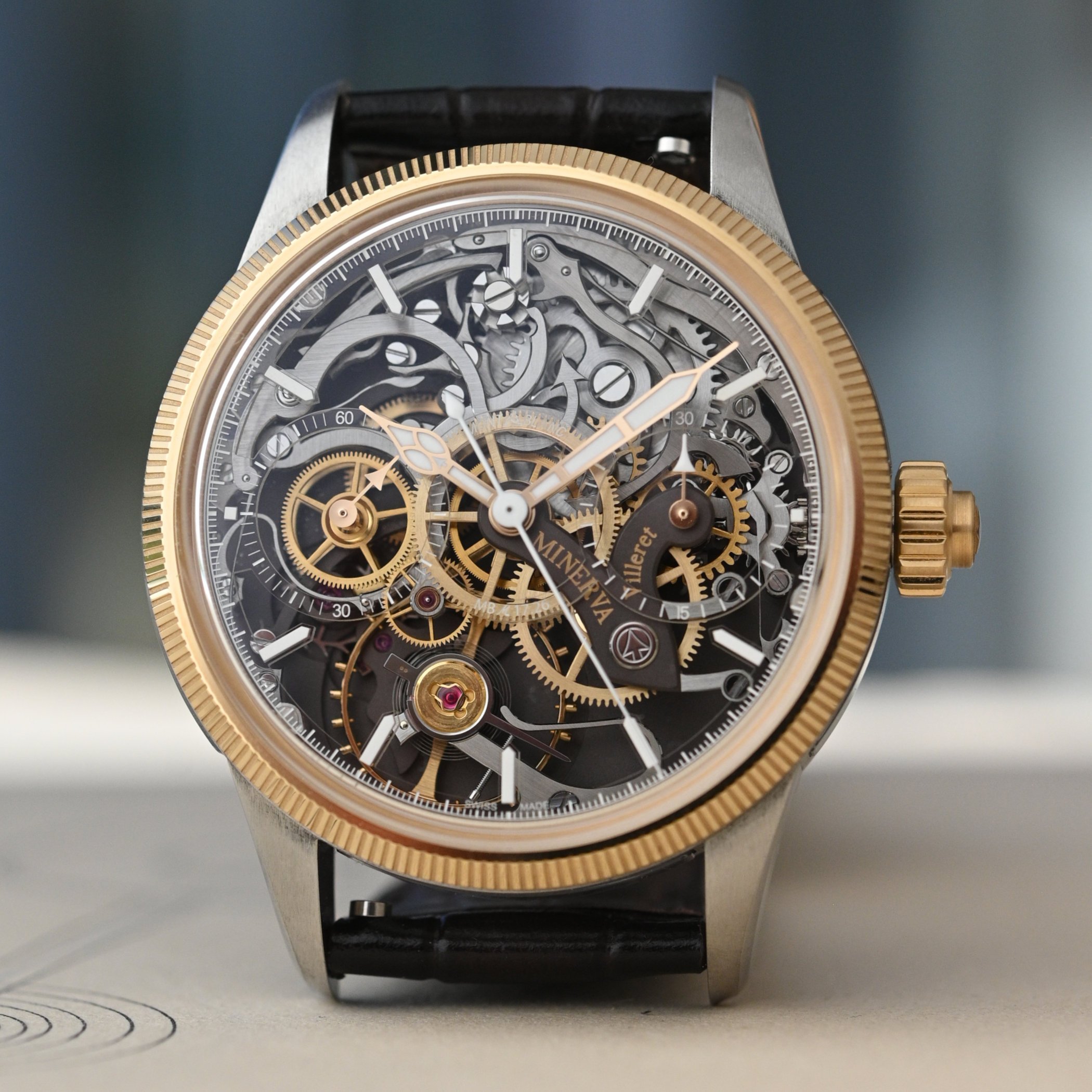

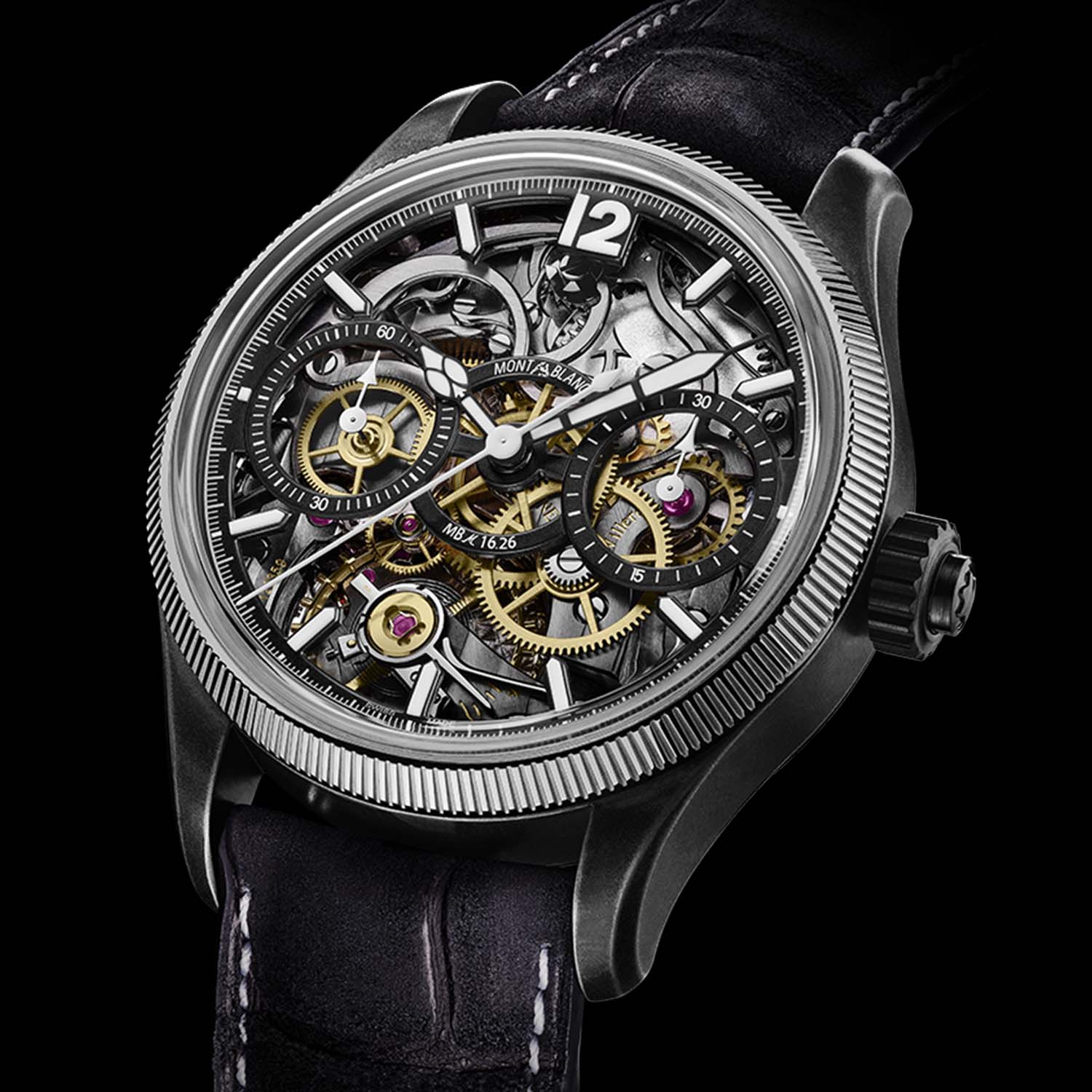



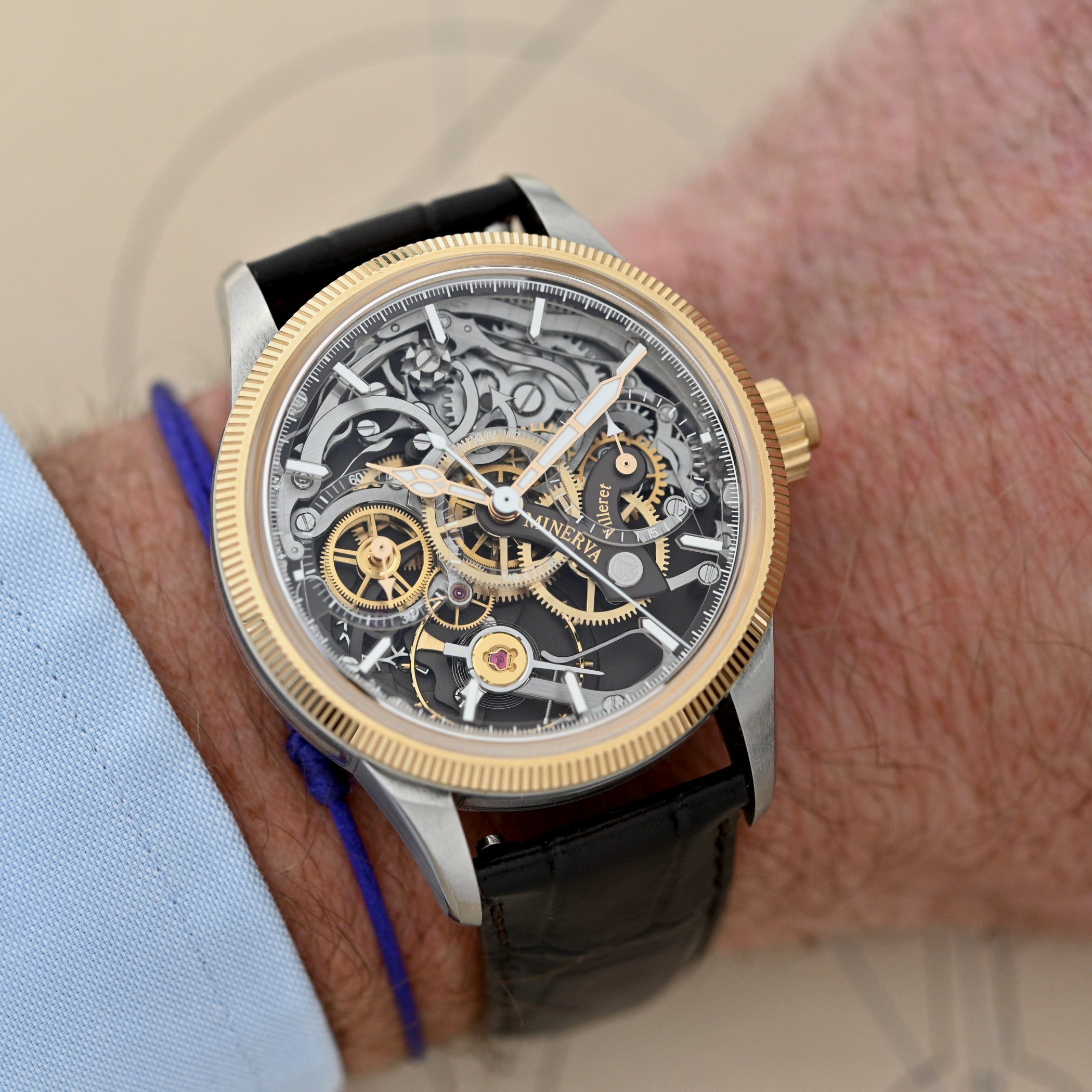


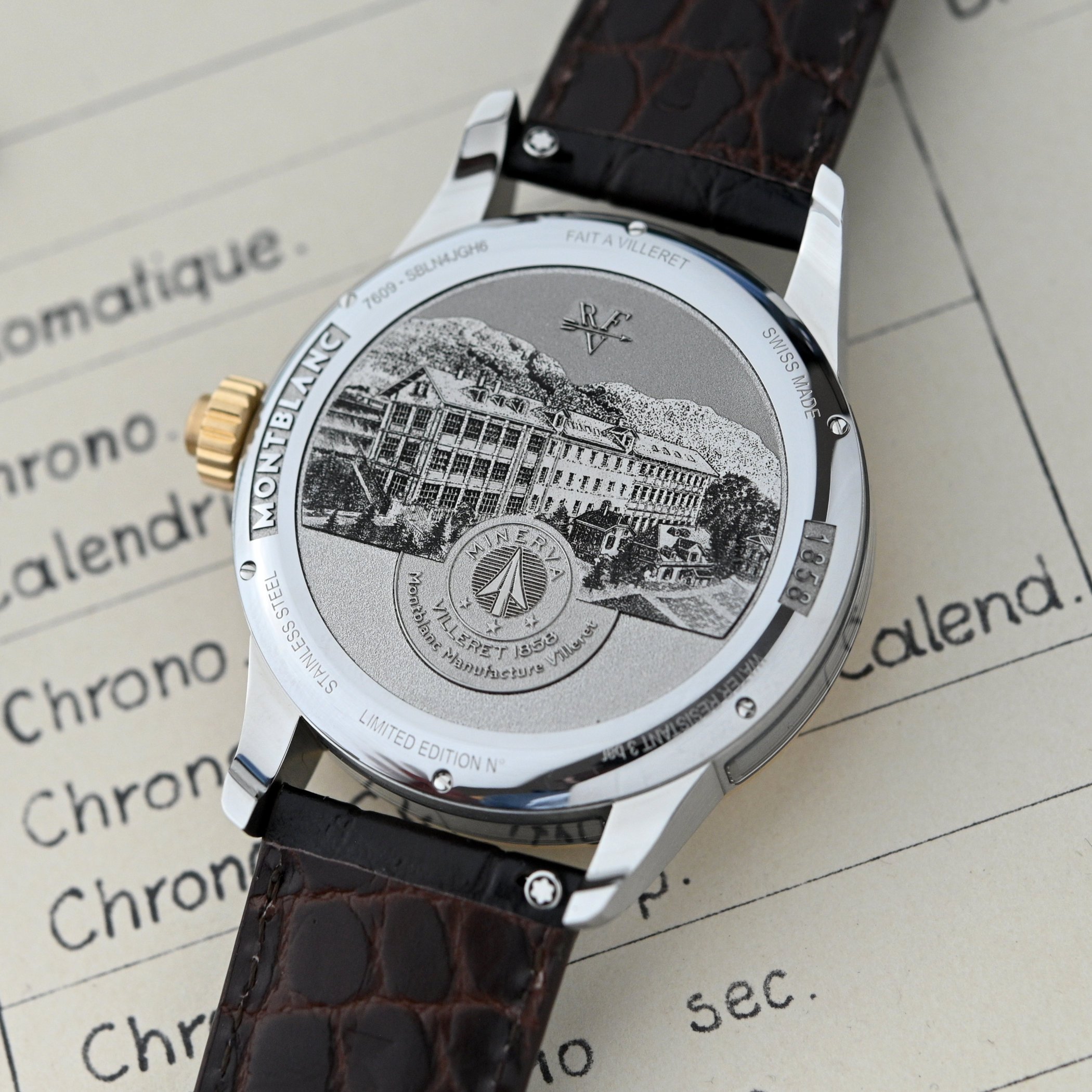
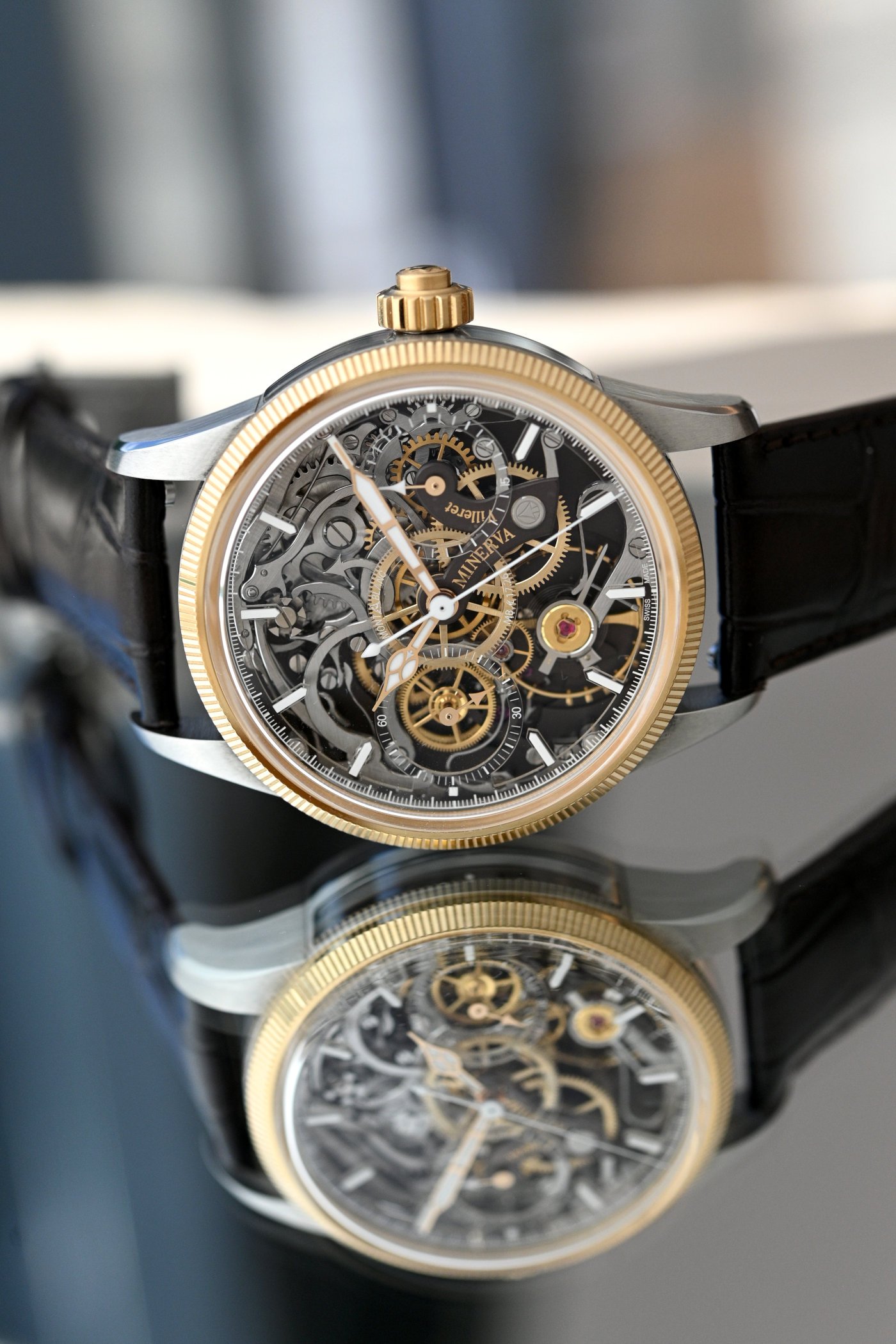

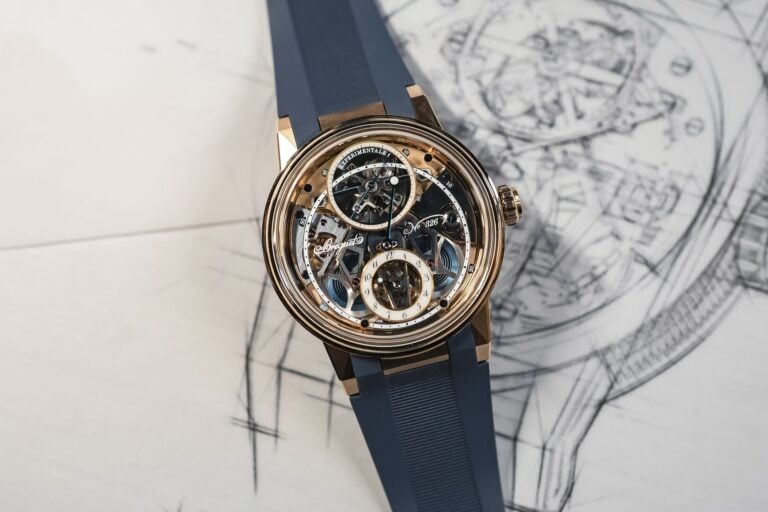
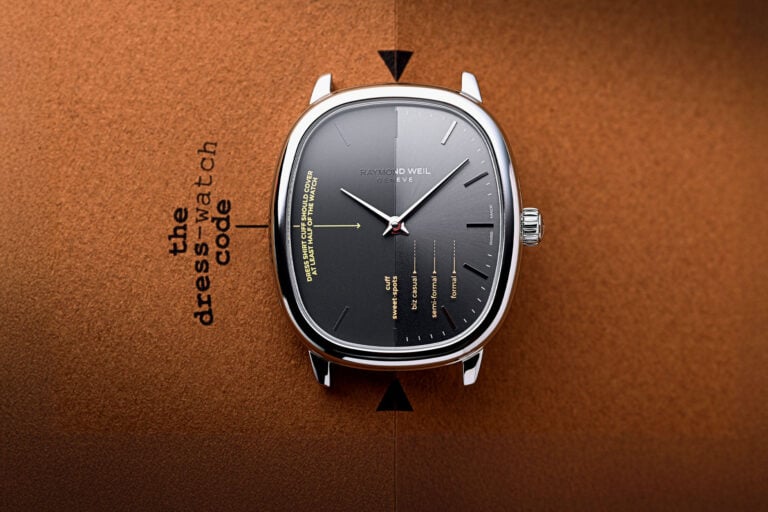
2 responses
From the side it looks a bit brutish and thick, but I think montblanc doesn’t nearly get enough credit for what they pull of with that minerva line.
Why do they make it the size of a frying pan?